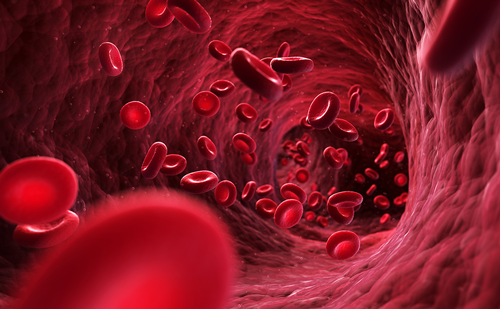Riboflavin alleviates cardiac failure in Type I diabetic cardiomyopathy
Abstract:
Overview
Heart failure (HF) is a common and serious
comorbidity of diabetes. Oxidative stress has
been associated with the pathogenesis of
chronic diabetic complications including cardiomyopathy.
The ability of antioxidants to
inhibit injury has raised the possibility of new
therapeutic treatment for diabetic heart diseases.
Riboflavin constitutes an essential
nutrient for humans and animals and it is an
important food additive. Riboflavin, a precursor
of flavin mononucleotide (FMN) and flavin
adenine dinucleotide (FAD), enhances the
oxidative folding and subsequent secretion of
proteins. The objective of this study was to
investigate the cardioprotective effect of
riboflavin in diabetic rats. Diabetes was
induced in 30 rats by a single injection of
streptozotocin (STZ) (70 mg /kg). Riboflavin
(20 mg/kg) was orally administered to animals
immediately after induction of diabetes and
was continued for eight weeks. Rats were
examined for diabetic cardiomyopathy by left
ventricular (LV) remadynamic function.
Myocardial oxidative stress was assessed by
measuring the activity of superoxide dismutase
(SOD), the level of malondialdehyde
(MDA) as well as heme oxygenase-1 (HO-1)
protein level. Myocardial connective tissue
growth factor (CTGF) level was measured by
Western blot in all rats at the end of the study.
In the untreated diabetic rats, left ventricular
systolic pressure (LVSP) rate of pressure rose
(+dp/dt), and rate of pressure decay (−dp/dt)
were depressed while left ventricular enddiastolic
pressure (LVEDP) was increased,
which indicated the reduced left ventricular
contractility and slowing of left ventricular
relaxation. The level of SOD decreased, CTGF
and HO-1 protein expression and MDA content
rose. Riboflavin treatment significantly
improved left ventricular systolic and diastolic
function in diabetic rats, there were persistent
increases in significant activation of SOD and
the level of HO-1 protein, and a decrease in
the level of CTGF. These results suggest that
riboflavin treatment ameliorates myocardial
function and improves heart oxidant status,
whereas raising myocardial HO-1 and decreasing
myocardial CTGF levels have beneficial
effects on diabetic cardiomyopathy.
Keywords
Riboflavin, diabetic cardiomyopathy, heme oxygenase-1.
Article:
Article Information:
Correspondence
Guoguang Wang, Department of Pathophysiology, Wannan Medical College, Wuhu 241000, China. E-mail: guoguangw1226@sina.com.
Received
2011-05-31T00:00:00







